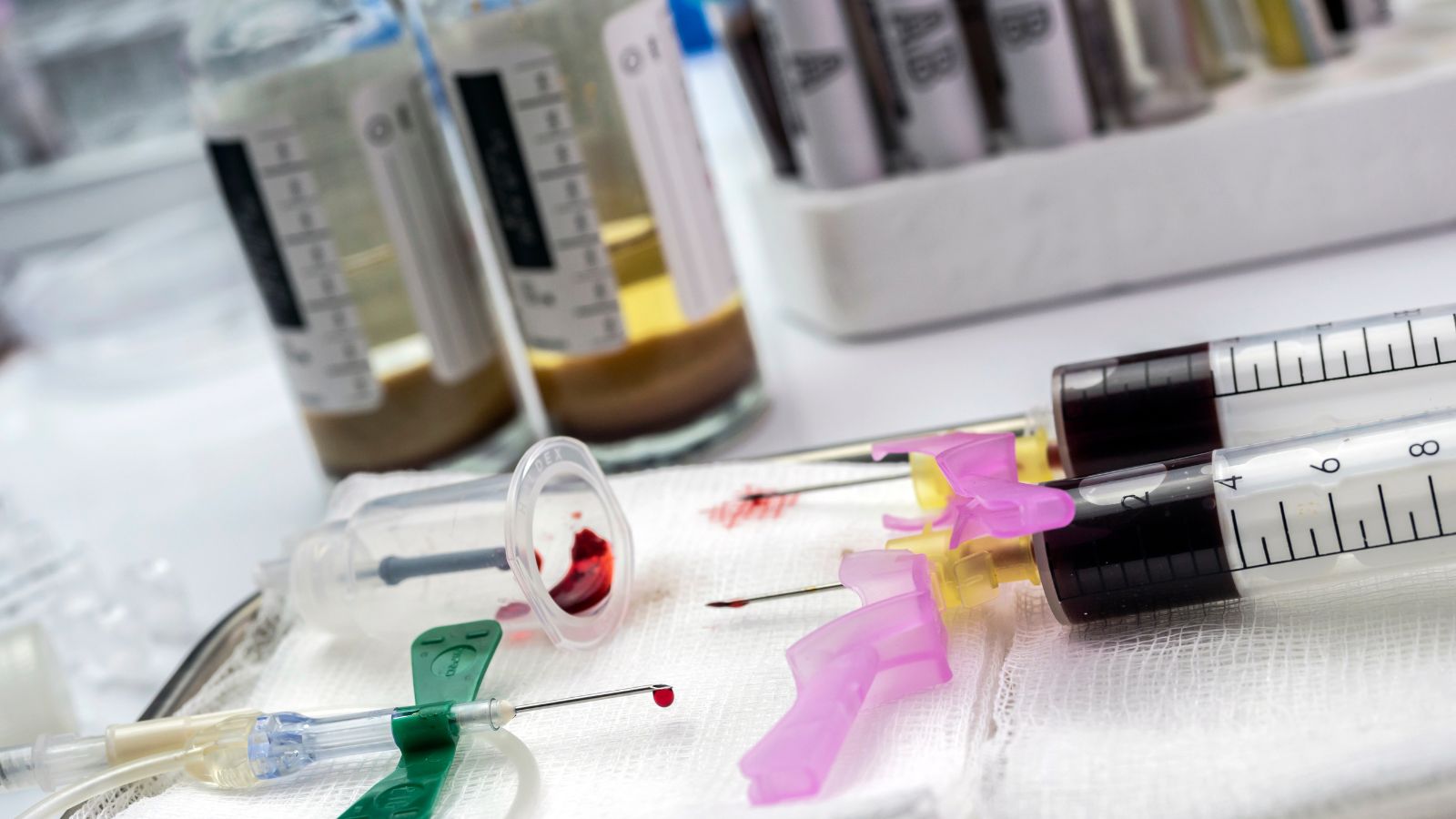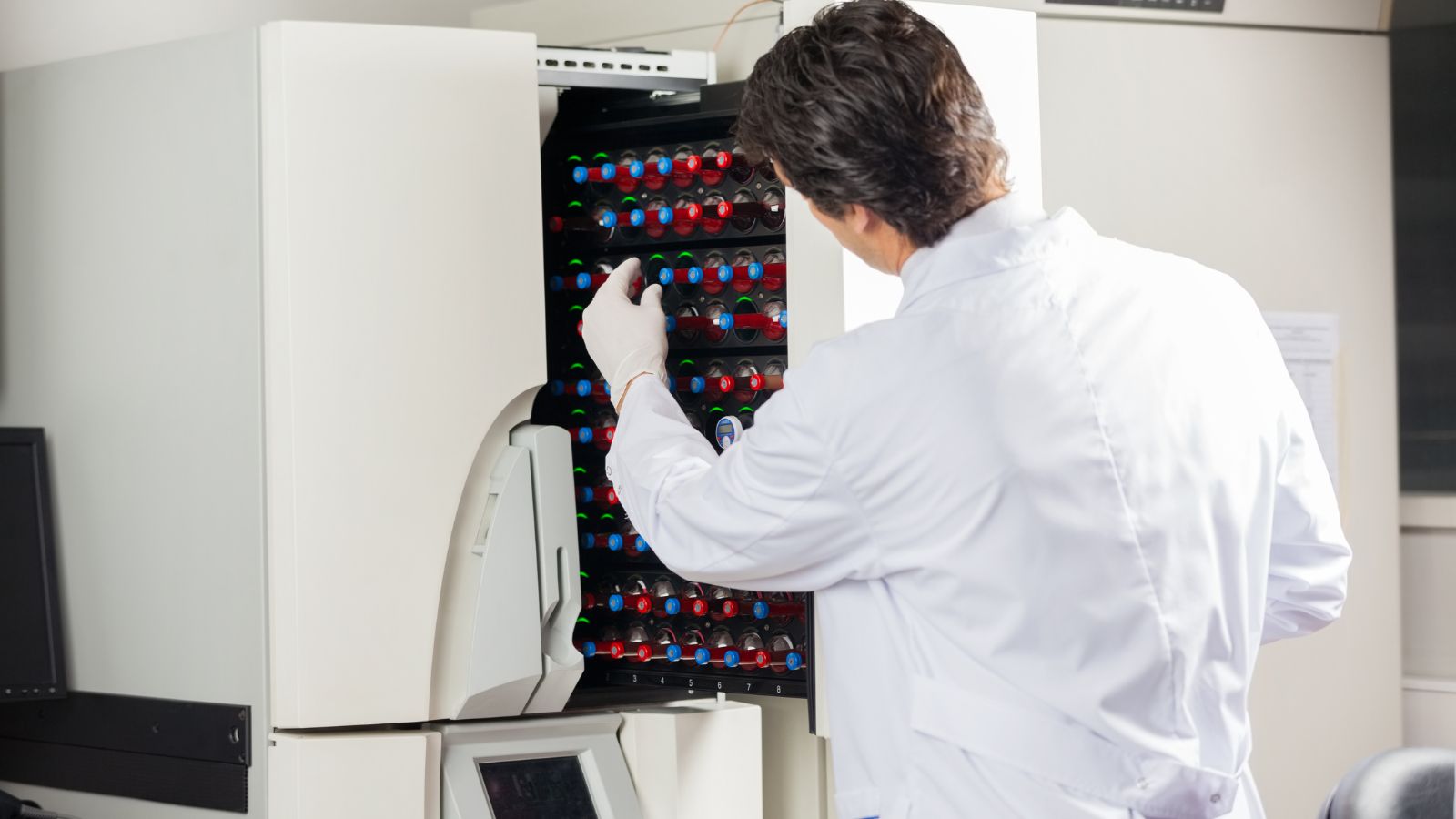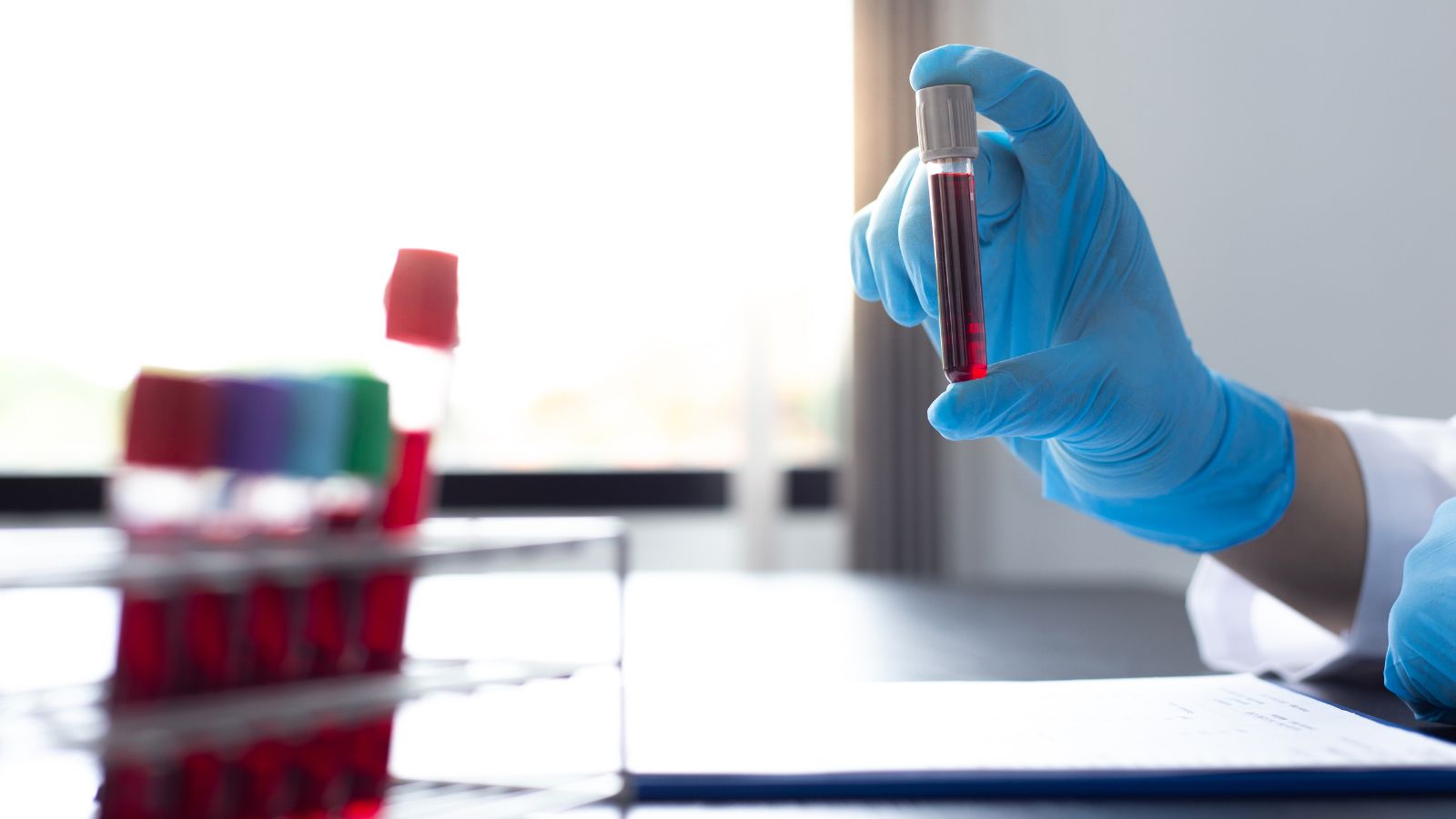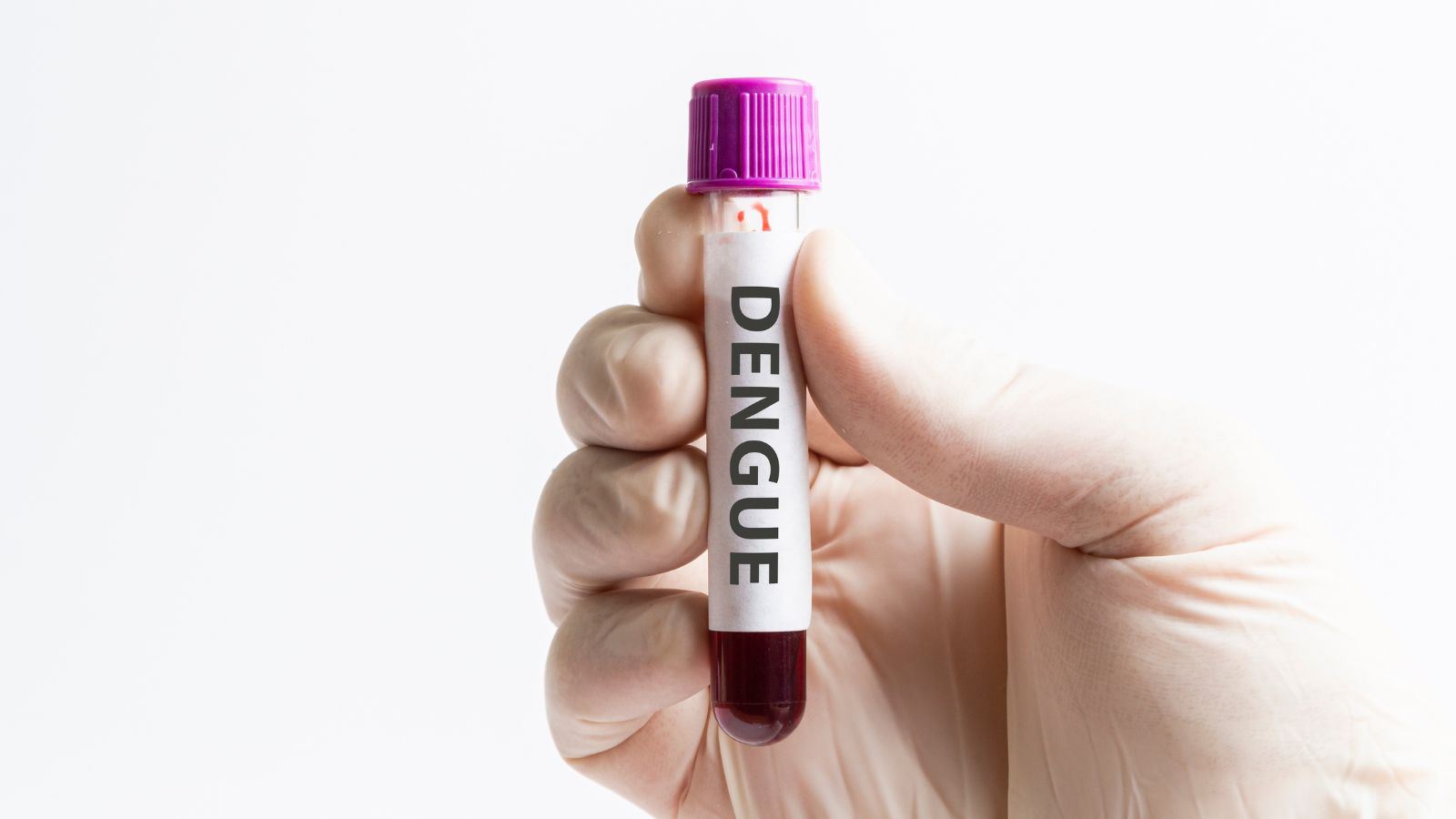
Blood culture bottles are essential tools in clinical microbiology, used to detect and identify bloodstream infections (BSIs). These bottles contain specialized media that support the growth of pathogens present in a patient's blood, allowing for accurate diagnosis and targeted treatment. The process is crucial in the management of sepsis and other serious systemic infections, where time-sensitive results can significantly influence patient outcomes.
One critical aspect often overlooked is the order of blood culture bottle collection. Proper sequencing—whether drawing anaerobic or aerobic bottles first—can directly impact contamination rates and diagnostic accuracy. Clinical guidelines emphasize this step to ensure the reliability of blood culture results, thereby improving the quality of patient care.
At Autobio, a leader in clinical diagnostics, precision and innovation are central to our mission. Our blood culture solutions are designed with advanced technology to support reliable detection and optimized workflow in modern laboratories.
Aerobic bottles are formulated to support the growth of organisms that thrive in the presence of oxygen. These include common pathogens like Escherichia coli, Staphylococcus aureus, and Pseudomonas aeruginosa. Because many bloodstream infections are caused by aerobic bacteria, these bottles are a cornerstone of standard culture protocols.

Anaerobic bottles, on the other hand, create an oxygen-free environment to facilitate the growth of bacteria that cannot survive in air, such as Clostridium spp. and Bacteroides spp. These infections are less common but can be severe, particularly in surgical or immunocompromised patients.
Using both bottle types increases the likelihood of identifying the full range of pathogens present in the bloodstream. By capturing both oxygen-loving and oxygen-avoiding bacteria, clinicians gain a more comprehensive diagnostic picture, leading to faster and more accurate treatment decisions.
When using a butterfly collection system, the aerobic bottle should be filled first. This is because air is drawn into the tubing during venipuncture, which could introduce oxygen into the sample. Filling the aerobic bottle first ensures that this oxygen is not mistakenly introduced into the anaerobic bottle, which could inhibit the growth of anaerobic organisms.
If a syringe is used to collect the blood, the anaerobic bottle is filled first. In this method, the risk of air contamination is lower, and prioritizing the anaerobic bottle ensures the preservation of its oxygen-free environment.
Incorrect sequencing can result in false negatives or delayed detection of certain pathogens. For example, if air inadvertently enters an anaerobic bottle, strict anaerobes may not grow, leading to a missed diagnosis. Similarly, collecting blood cultures after other tubes can increase the risk of contamination from skin flora.
Using a standardized procedure minimizes the risk of contamination and ensures reliable results. With a focus on clinical accuracy, brands like Autobio provide high-quality blood culture systems that align with international standards, supporting better outcomes for patients.

Blood culture bottles often come with color-coded caps to help healthcare professionals quickly identify their contents and intended use. Understanding these color codes ensures that the correct bottles are selected and filled in the right sequence.

The color alone doesn't determine the order—it depends on the type of needle used (butterfly vs syringe), as covered earlier. However, recognizing the cap colors helps avoid accidental reversal of the draw order and supports faster, more efficient workflow in high-pressure settings like emergency rooms or ICUs.
Color codes may vary slightly by manufacturer, so always refer to product guidelines. Diagnostic leaders like Autobio design their bottles with intuitive color schemes and labeling to streamline the collection process and reduce user error.
The "order of draw" is a standardized sequence for filling blood collection tubes and bottles. Following this order minimizes cross-contamination between additives and ensures the integrity of each sample—especially critical when collecting blood cultures.
Blood culture bottles should always be drawn first, before any other blood collection tubes. This minimizes the risk of contamination by additives or skin flora, which can compromise the culture results.
Incorrect tube sequence can introduce anticoagulants or preservatives into subsequent tubes, leading to inaccurate lab results. Similarly, drawing blood cultures after other tubes increases the chance of contamination, potentially resulting in false positives or unnecessary antibiotic use.
By consistently following the correct order of draw, clinicians not only ensure test accuracy but also uphold patient safety—core principles behind Autobio's mission to support reliable diagnostics worldwide.

Autobio's advanced blood culture systems are designed to support clinicians in navigating these nuanced practices—making diagnostic workflows smarter and more efficient.
Even with standardized protocols, errors during blood culture collection remain a frequent cause of inaccurate or delayed diagnoses. Recognizing and avoiding these common mistakes is essential for maintaining high clinical standards.
One of the most frequent issues is contamination from skin flora, often due to insufficient skin disinfection or touching the venipuncture site after prepping. This can lead to false-positive results, prompting unnecessary antibiotic treatment and extended hospital stays.
Drawing blood into the wrong bottle first—such as filling the anaerobic bottle first with a butterfly needle—can allow air into the sample, reducing the ability to grow true anaerobic organisms. Following the proper sequence is critical.
Blood culture bottles typically require 8-10 mL of blood for adults. Underfilling reduces sensitivity of pathogen detection, while overfilling can affect the blood-to-media ratio and bottle performance.
Labeling errors can lead to serious patient safety risks. Bottles should be labeled immediately at the bedside using at least two patient identifiers.
Blood cultures should be processed quickly—ideally within 2 hours. Delays can result in microbial degradation or overgrowth.
Autobio's diagnostics ecosystem is built to reduce user error and improve clinical outcomes. With smart bottle designs and integrated workflow systems, Autobio supports accuracy at every stage of blood culture collection and analysis.
In pediatric patients, the volume of blood is limited, often requiring only one bottle. For adults, two sets from separate sites are standard to enhance diagnostic accuracy and rule out contamination.
In suspected sepsis, blood cultures should be collected before antibiotics are administered. Two sets from different sites improve the chances of pathogen detection.
In ICU patients with persistent fevers or worsening symptoms, repeat cultures may be indicated. However, unnecessary repetition should be avoided unless clinically justified.
When CLABSI is suspected, draw one set from the central line and one from a peripheral site. The time to positivity between these samples helps determine the source.
Patients with weakened immune systems may need more frequent cultures or specialized media to detect atypical organisms.
Autobio's systems are tailored for flexible use across clinical environments, helping teams respond quickly and precisely in any patient care scenario.

A positive blood culture indicates the presence of microorganisms in the bloodstream. It may reflect a true infection or contamination. Repeated positives with the same organism suggest a real infection, while a single positive with a common contaminant may warrant a repeat.
A negative culture indicates no detectable bacteremia. However, results can be influenced by prior antibiotics, insufficient volume, or fastidious organisms that require longer incubation or specialized media.
Once bottles are incubated, automated systems detect microbial growth. Positive bottles are then subcultured for identification and susceptibility testing, often using Autobio's integrated platforms for rapid and accurate results.
Blood cultures are indicated in patients presenting with:
Early blood cultures are especially valuable in:
Blood cultures must be interpreted alongside clinical signs, lab markers (e.g., CRP, procalcitonin), and imaging to form a complete diagnostic picture.
Autobio supports clinicians with systems that ensure high-quality, fast diagnostic integration.
The World Health Organization recommends prompt blood culture collection prior to antibiotic administration, aseptic technique, and adequate volume collection.
The CDC advises collecting 2-3 sets from different venipuncture sites, avoiding central line collections when possible, and using standardized kits to minimize errors.
Organizations like CLSI and CAP set technical standards for blood culture processing, labeling, and result validation to ensure global consistency and safety.
Autobio's diagnostic solutions are designed to meet or exceed these global standards for blood culture testing.
Autobio's instruments offer continuous monitoring, rapid detection of growth, and automated alerts to support faster clinical action.
Features include:
Autobio systems interface smoothly with LIS platforms, enabling:
All Autobio products meet ISO and CE certifications, supporting diagnostic confidence in hospitals and labs worldwide.
Blood cultures are vital for detecting bloodstream infections, and the sequence of bottle collection has a direct impact on diagnostic quality.
Incorrect technique can lead to false positives, delays, or inappropriate treatments. Healthcare providers must follow strict collection standards to safeguard outcomes.
Autobio supports this goal by offering reliable, advanced blood culture systems that put clinical accuracy first—starting with the very first drop.